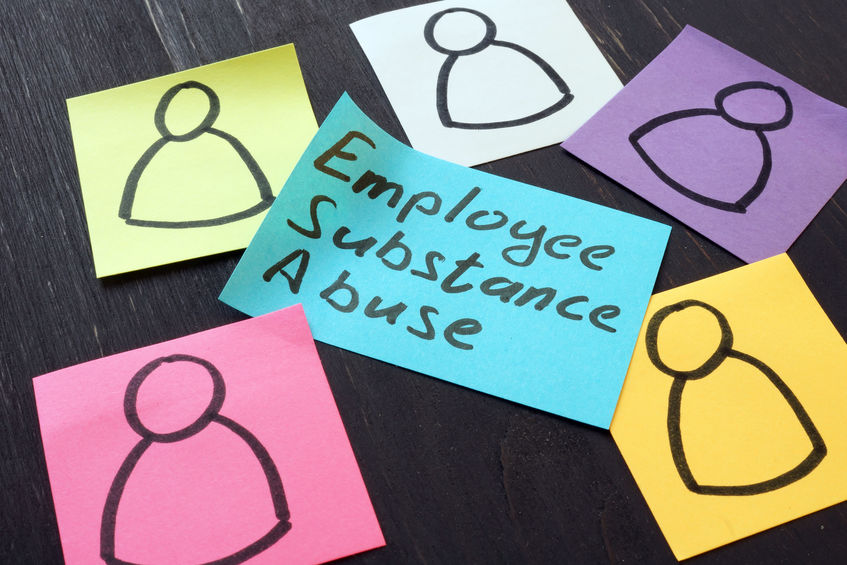The influence of prohibited drugs on its users cannot be overstated. Your workers are especially at risk because once they are intoxicated or stoned in the workplace, they may become a danger to themselves and everyone else.
If you think that drug and alcohol abuse is a minor problem among U.S. employers, think again. As a matter of fact, American companies lose $81 billion every year due to this issue. This is because more than 70% of drug abusers and alcoholics are employed. If you suspect someone in your company is using illegal drugs, you may need to identify them with the use of drug testing kits.
To avoid losses and to maintain a safe and productive work environment, a growing number of employers have seen the importance of substance abuse testing programs.
Here are the most important factors that you should consider if you want to implement an effective drug testing program:
1. Compliance to Federal Requirements
No company or organization can install a drug testing program if it isn’t willing to comply with federal, state and local laws, and there is no time like the present. To get an idea how it may be organized, look into the employee drug testing program developed by the U.S. Department of Transportation. It is clearly stated in Rule 49 CFR Part 40 of the DOT.
2. Identification and Training of a Designated Employee Representative
Each one of your workers and supervisors must have a good understanding of the objectives, guidelines and procedures of your drug testing program. Without proper training of employees and failure to make them aware of its purpose and direction, no drug testing program will succeed. You should appoint a manager to take the responsibility of training your personnel. This manager should act as the Designated Employer Representative (DER).
To be able to play his role, you must provide your DER with proper training in all aspects of your drug testing program including:
- An overview of the requirements of Rule 49 CFR Part 40 of the DOT if applicable
- The workflow of the random drug testing process
- Results handling and addressing confidentiality
- Identifying potential problems
- Pre-employment drug testing
- Post-accident testing management
- Record keeping requirements
- Auditing the drug testing program
You may work with one of the most efficient drug testing providers in your area to help you facilitate a DER training program. Some of them may even offer the training for a small fee. This training should help you comply with requirements and give your DER the ability to train others and manage your drug testing program.
3. Supervisors’ Training
Aside from the DER, you also need to have your supervisors trained on the important aspects and processes of your drug testing program. Also called Substance Abuse Supervisor Training, this training helps to make your supervisors aware of the common signs and behaviors associated with prohibited drugs and alcohol abuse. This training also makes supervisors learn about actions of possible drug abusers, how to legally document their observation, and how to confront employees who appear to have drug problems.
The familiarization of DOT’s Rule 49 CFR 40 is a one-time training. However, it would be prudent if you send one or two of your supervisors for training every two or three years to ensure that many of your supervisory personnel are familiar with how the program works. It also gives your people the opportunity to learn about updates or changes in relevant laws as well as procedures and policies.
The Types of Testing Involved in the Program
To ensure a drug testing program’s effectiveness, many drug testing providers propose three types of testing for possible implementation. These are:
1. Pre-Employment Drug Testing
As its name implies, pre-employment testing is required for job candidates who have to pass a drug test before they can start work.
2. Random Drug Testing
This is the most effective program you can use to detect substance abuse in an ongoing manner for current employees. This type of program is employed by a growing segment of businesses and is used by regulated industries such as the department of transportation or DOT. This requires every employee to undergo random, regular testing at some point over a given time period. For instance perhaps 25% of the employee population per quarter etc. The selection process and timing of the test must be confidential and under the complete control of the Designated Employer Representative.
3. Annual Testing
This type of test can be a deterrent especially if you don’t set a specific date for it. But if your company is already doing random and post-event testing, annual testing may no longer be necessary.
What Will Happen to Employees who Test Positive?
When you implement a drug testing policy for your company, you must clearly define the company’s next move when someone tests positive for illegal drugs. Your failure to make this a part of your program can be legally problematic to say the least.
Whether you want to issue immediate termination, suspension or assistance to employees who test positive for prohibited substances, in many cases it’s really all up to you. Just make sure that you have clear policies based on federal and state laws and that you are consistent with enforcement. This should help make your company a safer workplace and with wide ranging benefits including being more productive and profitable.


